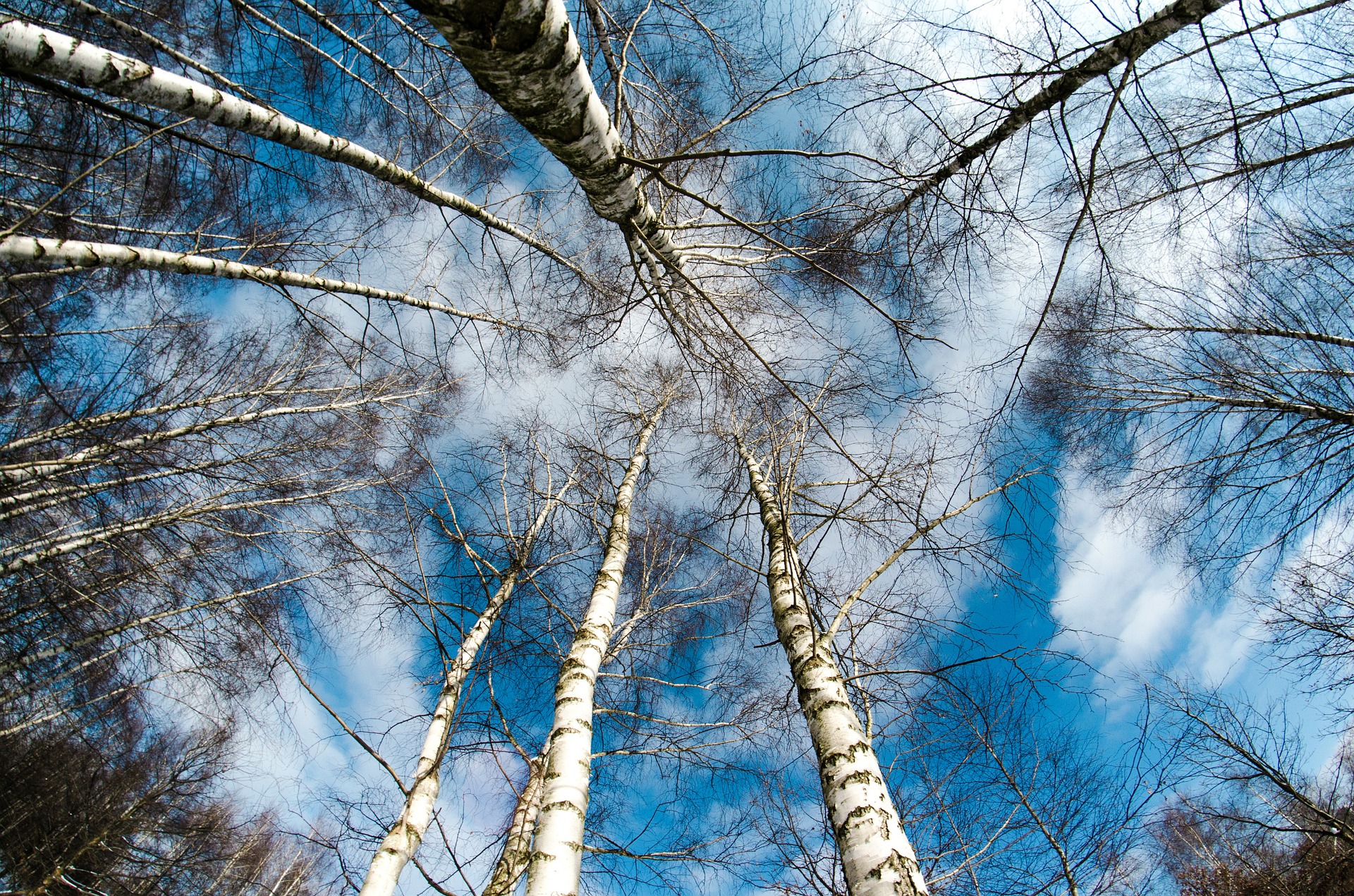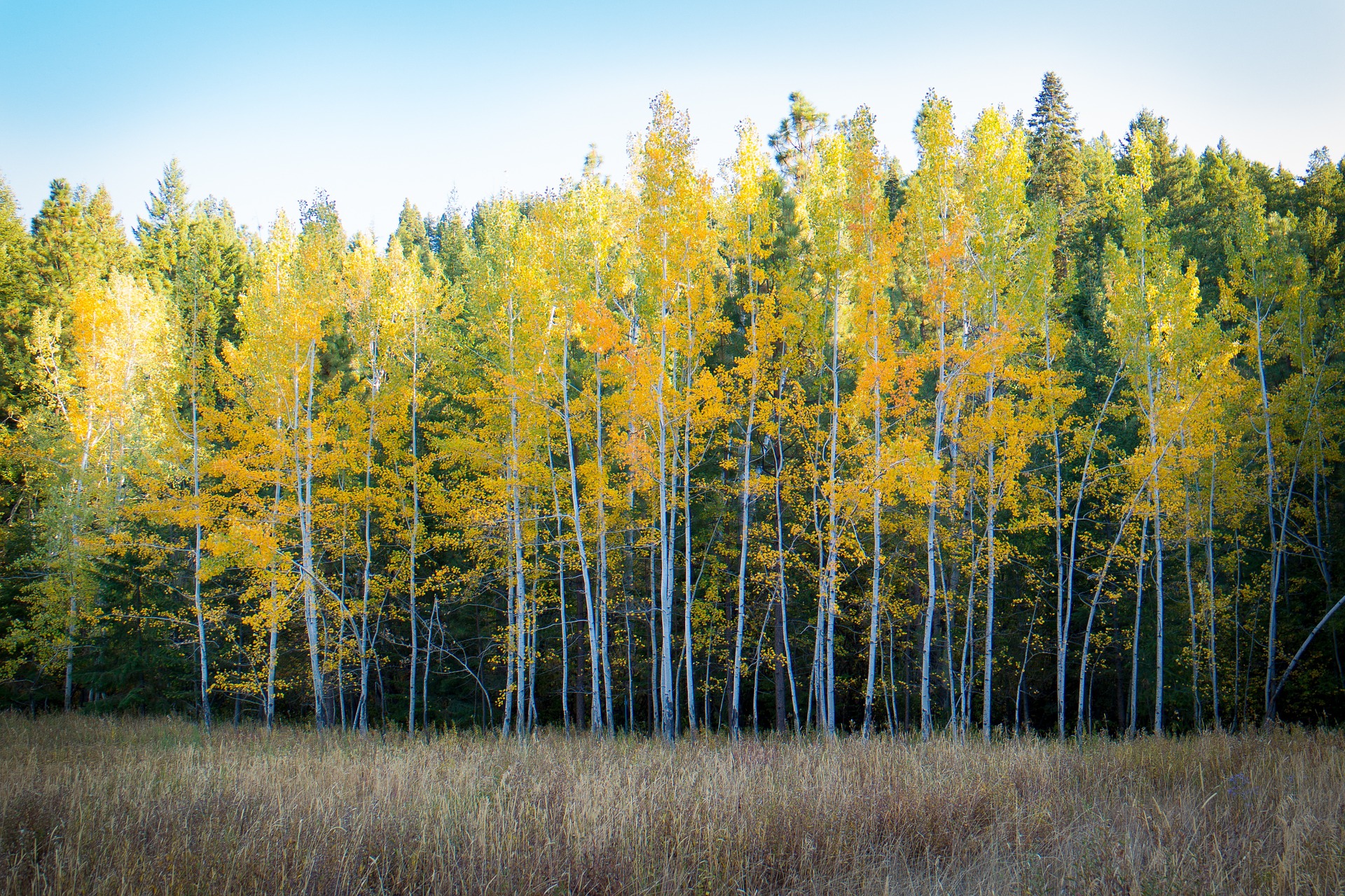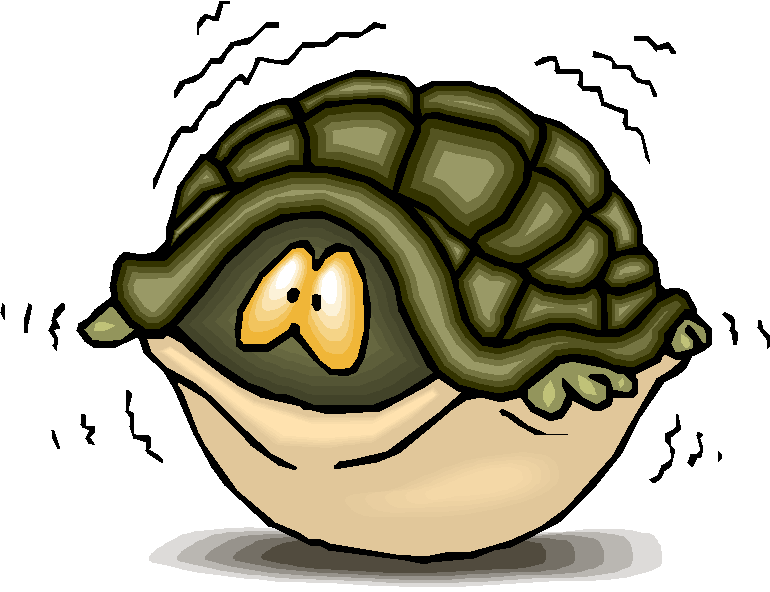Tree at My Window is a poem flushed with romanticism but with a difference, prioritizing man over Nature, depicting the theme of dilemma and the typical Frost’s understanding of Nature. I think this will be enough to give you a proper idea and understanding of the poem. The following elements are analyzed: an introduction to tree at my window, summary of tree at my window, analysis of tree at my window, literary devices used, conclusion, review
Introduction:
Tree at My Window is a popular nature poem taken from the collection West Running Brook, which was published in 1928. Frost is a great nature poet but with a difference. Unlike Wordsworth, he is reluctant to associate man with Nature. Frost is not from the romantic schools of poetry and thus does not illustrate any mystic kingship with man and Nature. In this poem, Frost sympathetically blends the human and tree so as to fit like two hemispheres. However, in the end he splits the idea explaining the inner and the outer weather.
Summary of Tree at my Window by Robert Frost
There is a tree just next to the window of the poet’s bedroom. The poet draws the window panes at night to shut out the cold. But he never seems to put the curtains because that would isolate the Frost from viewing the tree.
But let there never be curtain drawn
Between you and me.
Though such words can come out from Romantic poets, remember Robert Frost is not a romantic poet and the following words are marked with a spun.
The tree is a fascination for the poet. The following lines unfurl the speck of romanticism and present the bond of affinity between the poet and the tree.
Vague dream head lifted out of the ground,
And thing next most diffuse to cloud,
The poet has seen the tree shaking and trembling under the violent movement of the wind. This symbolises the ordeal, worries and dilemma in the tree’s life. The poet experiences similar tension and qualms. However, at this instance the point of difference between the poet and the tree aggravate. The tree must have seen the poet sleeping, in deep rest, but it was during those times, the poet was in a state of disaster, dilemma and worry. There was not movement. When the tree saw the poet sleeping, in actually, he was taken and swept. All was lost, but there was no raffle and outward display of the ordeal.
And if you have seen me when I slept,
You have seen me when I was taken and swept
And all but lost.
At this point the analogy ends and the poet becomes aware of their differences i.e. between the tree and himself which actually elevates to, between the world of Nature and that of man at large. The tree is only susceptible to the outward weather that of winds, storm etc. It is completely indifferent to the aspects of emotions, intellect, and right-wrong. It can never relate to the understanding of the inner weather, the aspects of human kingship, spirituality and the agony of the soul. The thought plagues the poet who finally distance’s himself from the tree mentally.
In the last stanza, an attempt was made to blend the human and the tree head. Fate might be thinking it was a right thing to do. However, the poet entirely rejects the notion of the Fate (or maybe Mother Nature) stating that you’re (the tree) just concerned with the outer (storm, weather) while the poet remains troubled in his resting state (refers to trauma that causes emotional silence)
Analysis of Tree at My Window by Robert Frost
The language of this poem, Tree at My Window has been moulded on the pattern of romantic poetry but not its thought content. The poet’s attitude remains the same which is in actually a contrary to that of the romantic poets. Frost asserts the difference between man and Nature, and represents them as two isolate identities in a symbiotic coexistence. He takes cognizance from a simple understanding of similarities and dissimilarities. Nature exists because man is there to perceive it. Under isolation, Nature itself is dull, unfeeling and suffer from spiritual understanding.
Tree at My Window is one of those rare poems in which object of Nature are addressed directly in the poem. Montgomery says, “What high seriousness to Wordsworth is is fancy or humour in Frost”. Frost never feels the same kind of brotherhood as felt by Wordsworth. Frost’s motif of addressing ‘The tree’ is to create a spun or raise a doubt which will settle as the reader comes to the end of the poem. Never did Frost make an emotional attachment of man and objects of Nature around him.
But let there never be curtain drawn
Between you and me.
Literary Devices:
Personification: The poet gives human characteristics to the tree
Allusion: She actually refers to ‘Fate’ or ‘Mother Nature’ in the last paragraph.
Conclusion:
When Frost speaks about Nature, always remember he actually speaks of man behind the scene. Nature is used as an expression to bring about the actual image. He is neither keen nor confident to attribute human emotions with objects of Nature. Reason?? Frost gives utmost importance to man and he would never allowing anything else to prioritize in his poetic works except man.
Some online learning platforms provide certifications, while others are designed to simply grow your skills in your personal and professional life. Including Masterclass and Coursera, here are our recommendations for the best online learning platforms you can sign up for today.
The 7 Best Online Learning Platforms of 2022
- Best Overall: Coursera
- Best for Niche Topics: Udemy
- Best for Creative Fields: Skillshare
- Best for Celebrity Lessons: MasterClass
- Best for STEM: EdX
- Best for Career Building: Udacity
- Best for Data Learning: Pluralsight

















Excellent content you got here! You can earn some extra $$$ from your website, don’t miss this opportunity, for
more info just type in google – omgerido monetize website